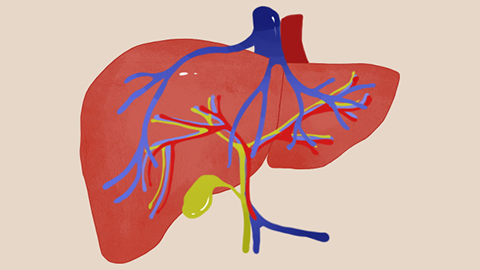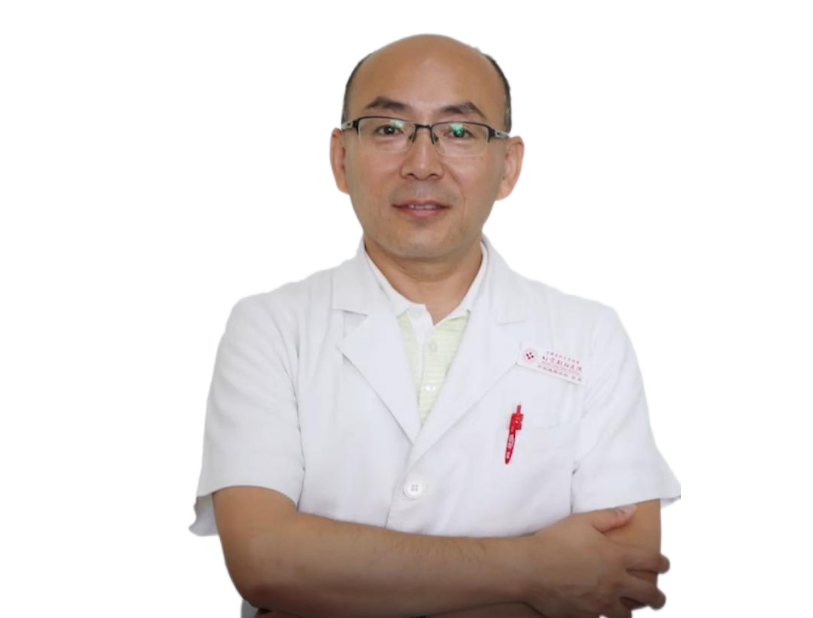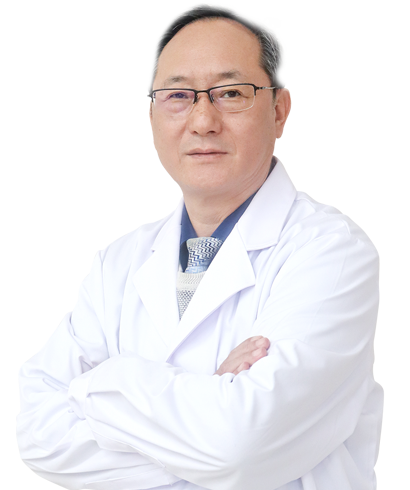How is a liver hemangioma treated?
Generally speaking, liver hemangioma refers to hepatic hemangioma. Hepatic hemangiomas may be caused by congenital vascular developmental abnormalities, hormonal level changes, liver fibrosis, hepatic echinococcosis, liver abscess, and other factors. It is recommended to seek timely medical consultation and receive treatments under the guidance of a physician, including general treatment and medication. Detailed explanations are as follows:

1. Congenital Vascular Developmental Abnormalities
During embryonic development, abnormal formation and development of liver blood vessels may lead to abnormal proliferation of vascular endothelial cells and disordered vascular structures, resulting in hemangiomas. This is a congenital factor and difficult to completely prevent. However, pregnant women should maintain a healthy lifestyle and avoid exposure to harmful substances such as chemical toxins and radioactive materials to reduce the risk of embryonic developmental abnormalities.
2. Hormonal Level Changes
In females, estrogen, progesterone, and other hormone levels increase during puberty, pregnancy, or while taking contraceptives. These hormones may stimulate the growth and proliferation of vascular endothelial cells, promoting the development of previously existing vascular malformations into hemangiomas. It is important to avoid unnecessary hormone intake in daily life, refrain from taking hormone-containing health products arbitrarily, maintain endocrine balance, follow a regular作息, exercise appropriately, and maintain normal hormone levels.
3. Liver Fibrosis
Liver fibrosis is often caused by long-term alcohol abuse, viral hepatitis, autoimmune liver disease, etc. During liver fibrosis, excessive deposition of extracellular matrix within the liver affects the normal structure and function of the liver, leading to changes in the morphology and distribution of hepatic blood vessels. Vessels may become compressed and distorted, thereby promoting the formation of hemangiomas. Symptoms such as fatigue and reduced appetite may also occur. Under medical guidance, patients may use medications such as Fufang Biejia Ruangan Tablets, Anluo Huaxian Pills, and Fuzheng Huayu Capsules for treatment.
4. Hepatic Echinococcosis
Hepatic echinococcosis is mainly caused by the larval infection of the liver by Echinococcus granulosus or Echinococcus multilocularis. As the parasite grows and reproduces in the liver, it damages liver tissue, causing inflammatory responses and abnormal tissue repair processes, which affect the normal structure and function of liver blood vessels and lead to hemangioma formation. Symptoms such as liver area pain and fever may also occur. Patients may follow medical advice to use medications such as Albendazole Tablets, Mebendazole Tablets, and Praziquantel Tablets for treatment.
5. Liver Abscess
Liver abscesses are mainly caused by infections of the liver by pathogens such as bacteria and fungi, resulting in abscess formation. Inflammatory stimulation causes local tissue congestion, edema, increased vascular permeability, and endothelial cell proliferation in the liver, promoting hemangioma formation. Symptoms such as high fever and chills may also accompany. Patients may use medications such as Ceftriaxone Sodium for Injection, Metronidazole Injection, and Piperacillin Sodium for Injection under medical recommendations.
In daily life, regular liver ultrasound and other examinations are recommended to detect any abnormalities in the liver early and take timely measures. Additionally, consume more foods rich in vitamins, minerals, and dietary fiber, such as fresh vegetables and fruits, and eat fewer greasy, spicy, and irritating foods to reduce the burden on the liver.







